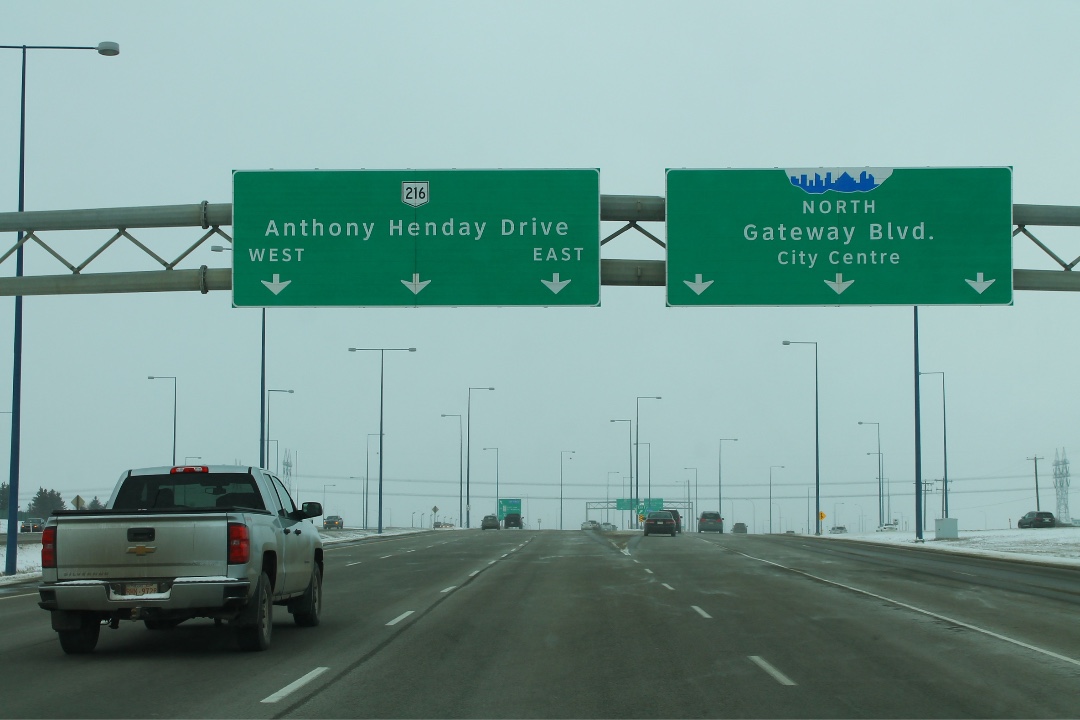The Alberta government is banning photo radar use on ring roads in Edmonton and Calgary, a decision that contradicts policy it previously rolled out for traffic safety.
The ban goes into effect on Dec. 1, and the province plans to spend the next year removing what it calls "fishing hole" photo-radar locations across Alberta, it said in a Nov. 23 press release.
"The constant reference to the 'fishing holes' makes it sound like these things are here just to try to generate revenue and to do nothing about improving traffic safety," co-host Troy Pavlek said on Episode 243 of Speaking Municipally. "It's strange, given the context of how we got here."
A freeze on new photo-radar sites and their use in speed transition zones was enacted by the then-NDP provincial government in 2019. The UCP government has repeatedly voted to continue this pause, recently adding the condition that cities need to publish data on existing sites so the province can ensure they are there as safety measures, not as cash cows.
Given that the affected locations have been in operation since the safety caveat was added, the City of Edmonton has clearly proven that they existed for safety, Pavlek said. "It strikes me as incredibly disingenuous for the province to ban — arbitrarily — particular roadways, saying that it doesn't contribute to safety, because by their own metrics, they do."
The decision affects Edmonton's 22 photo radar sites along the Anthony Henday ring road, as well as eight along the Stoney Trail in Calgary. The government has said these units can be redeployed to other locations, but only "where they have a safety impact — in school, playground, and construction zones," the news release reads.
Losing the revenue previously gained from these locations will affect both the provincial government and municipalities. "The news release seems to suggest that most of the money goes to the municipalities," said podcast co-host Mack Male — adding that this is not the case.
The provincial government receives 60% of the revenue, dedicating 20% of that portion towards the Victims of Crime fund. The city receives the remaining 40% of the total, which is invested directly into reserve funds for council's traffic safety priorities.
Edmonton is known for its plethora of photo radar locations, but not everyone understands why that's been the case.
"We've done the science," Pavlek said. "We had a University of Alberta study that said that this is necessary for safety in the City of Edmonton, and we've gotten an office of traffic safety that's gotten behind this. It's not an accident that Edmonton has gotten behind photo radar. It's intentionality."
Hear more about the photo radar freeze, and get insight into council's progress on the budget adjustment, issues with electric buses, and the police chief's comments on encampments in the Nov. 24 episode of Taproot's civic affairs podcast.

